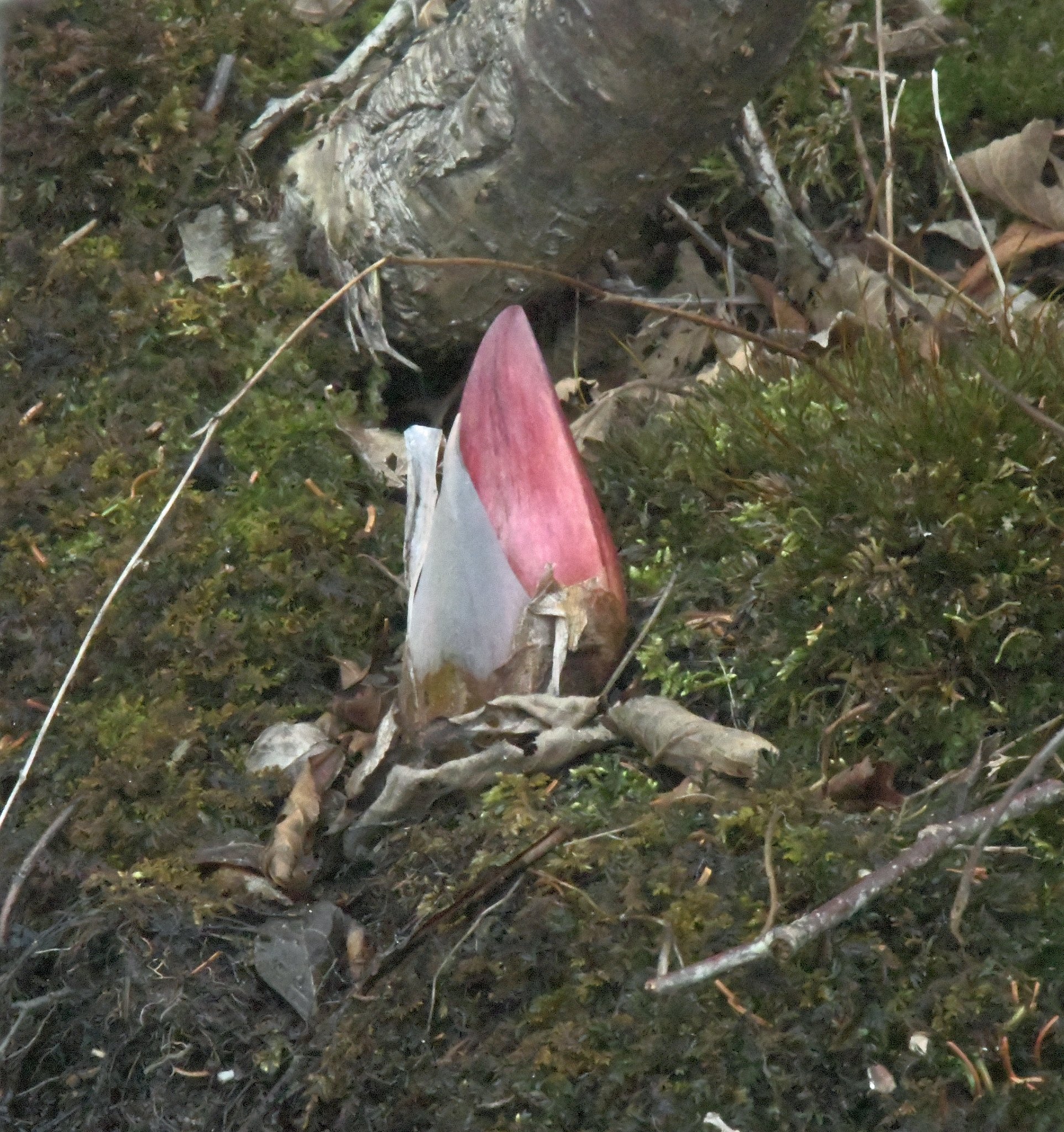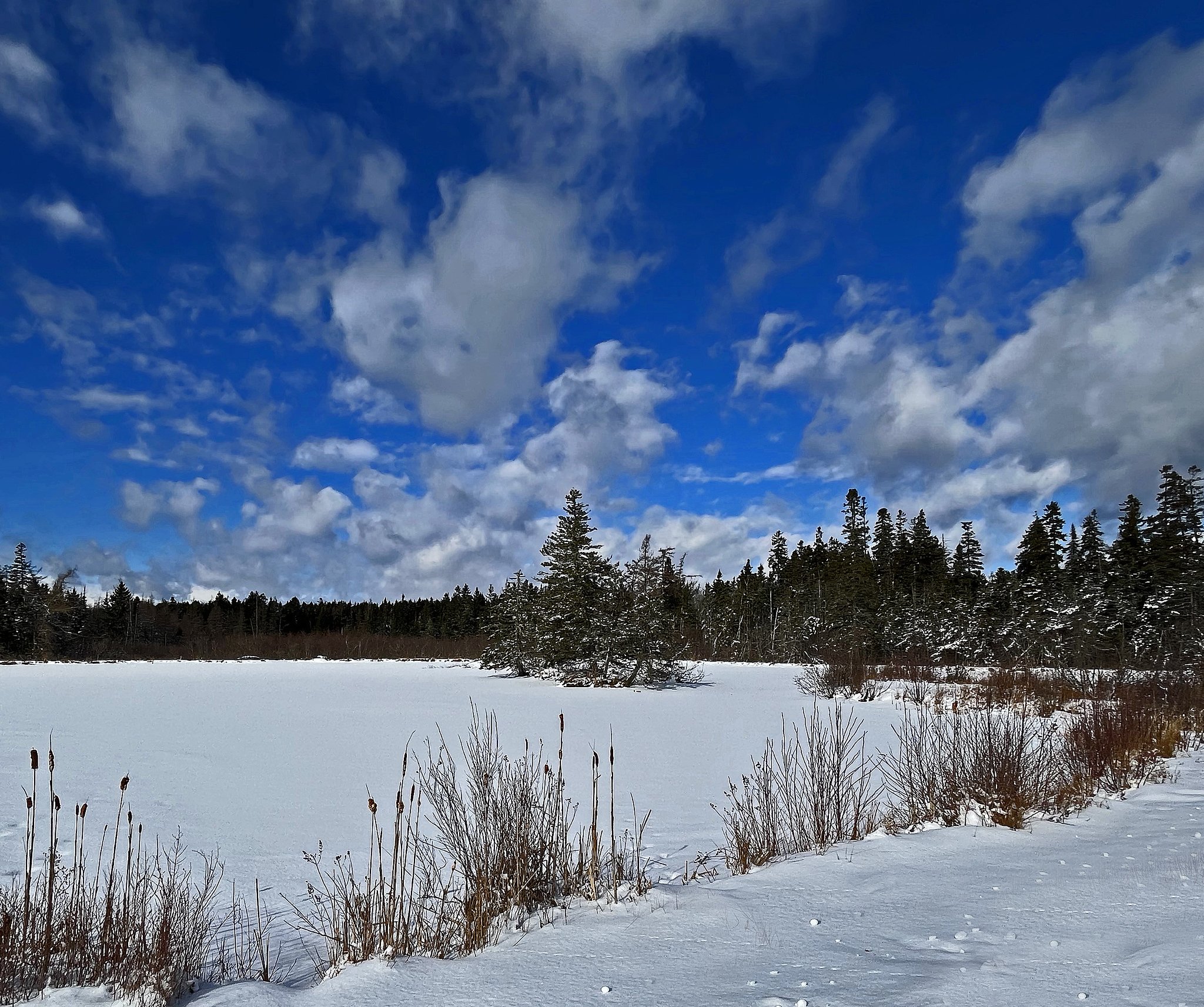We know spring is almost here when these neighbors, Wallace and Gromit, are out in the sun and smiling. They’re very friendly miniature donkeys that come to their pen’s fence for some nose-petting and a little chat when you come by.
Wordsmiths have a lot to consider with these animals. A “donkey” is NOT the same as a “mule,” which is the sterile offspring of a horse and a donkey. However, a “donkey” IS the same as an “ass,” which is derived from the Latin word “asinus,” meaning the age-old “donkey.” (The scientific name for a donkey is “Equus asinus.”)
A “Jackass” is a male donkey that also is called a “Jack,” while female donkeys also are “asses,” however, they usually are called “Jennies.” Both male and female donkeys also are “burros,” the Spanish word for donkeys that also is used in English. Finally, the English word “donkey” is thought to be derived from the Middle English word “donekie,” meaning a miniature dun (brown) horse.
Thus, to be imprecise and drive wordsmiths crazy, Wallace and Gromit might be considered to be miniature-miniature horses. (Images taken in Brooklin, Maine, on March 13, 2025.)
































































































